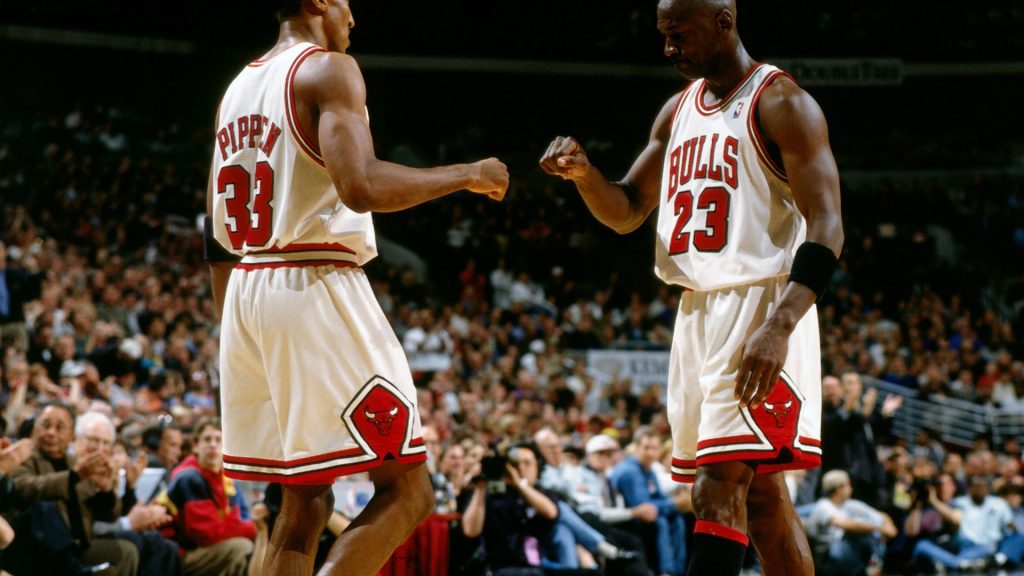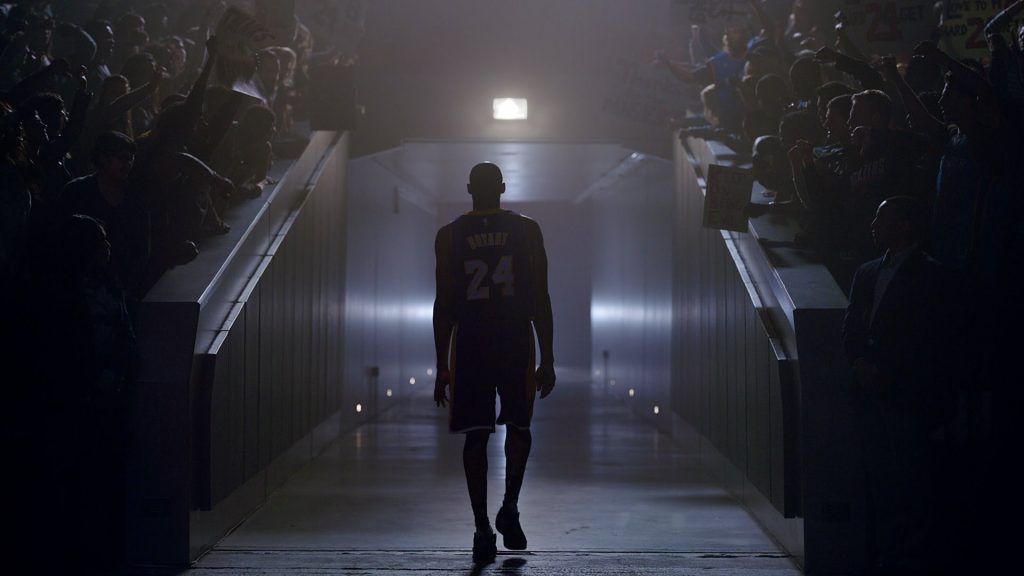In the intricate tapestry of basketball, the layup stands as a fundamental and often decisive move. This article aims to unravel the nuances of what constitutes a layup, delving into its anatomy, techniques, and significance within the context of the game. From understanding the core elements to exploring variations and strategies, the layup is not just a basic scoring manoeuvre but a skill that evolves with precision and mastery.
The Layup Defined: Core Elements Unveiled
At its essence, a layup in basketball is a scoring technique where a player approaches the basket, takes a single step or a series of steps, and releases the ball near the basket using one hand. This move is characterised by its simplicity, agility, and effectiveness, making it a staple in a player’s offensive repertoire.
Breaking down the core elements of a layup, we find the approach, takeoff, and release. The player typically approaches the basket with controlled dribbling or after receiving a pass. The takeoff involves a quick step or series of steps that position the player for an unobstructed shot, while the release is the moment when the ball is released towards the basket, ideally using the backboard for a higher chance of success.
Techniques of a Successful Layup: Footwork, Timing, and Finesse
Successful execution of a layup relies heavily on the player’s technique. Footwork plays a crucial role, with a quick and controlled takeoff being essential to elude defenders and reach the basket unhindered. Players often use a combination of steps, including the Euro step or hop step, to navigate through opposing players and position themselves optimally.
Timing is another critical factor in a successful layup. A well-timed release ensures that the ball is released at the peak of the jump, maximising accuracy and reducing the chances of blocks or disruptions by defenders. The finesse of the shot comes from the soft touch applied to the ball, allowing it to kiss the backboard or go straight into the basket.
Variations of the Layup: Exploring Agility and Creativity
While the basic layup is a fundamental skill, players often employ variations to adapt to different game situations and defensive strategies. The finger roll, for example, involves using the fingertips to release the ball softly, adding a layer of finesse and avoiding potential shot blockers. The reverse layup, on the other hand, requires the player to approach the basket from one side and release the ball on the opposite side, often catching defenders off guard.
Understanding and practising these variations enhance a player’s versatility on the court, providing multiple options based on the dynamic nature of the game. Coaches often emphasise the importance of players developing a repertoire of layup variations to keep defenders guessing and increase scoring opportunities.
| Layup Variation | Description |
|---|---|
| Finger Roll | Soft release using fingertips, ideal for avoiding shot blockers. |
| Reverse Layup | Approaching the basket from one side and releasing on the opposite side. |
| Floater | A high-arcing shot released from a short distance, effective against tall defenders. |
Strategies for Layup Success: Reading Defences and Game Situations
Scoring consistently with layups requires more than technical proficiency; it demands strategic awareness. Players need to read defences, anticipate opponents’ movements, and adapt their layup approach accordingly. Understanding when to use a finger roll to avoid shot blockers or opting for a reverse layup to exploit defensive weaknesses adds a strategic layer to a player’s offensive game.
Moreover, mastering the art of the layup involves recognizing game situations. In fast breaks, for instance, a player might opt for a quick and direct layup to capitalise on the defence being out of position. In half-court situations, a well-timed Euro step can create openings for a clear path to the basket.
Evolution of Layup Skills: From Novice to Pro
Layup skills evolve with time and experience, transitioning from basic proficiency to advanced mastery. Novice players often start with mastering the fundamental layup, focusing on the core elements and basic techniques. As players progress, they incorporate variations and refine their footwork, becoming more adept at navigating through defences.
Professional players showcase an elevated level of layup mastery, seamlessly blending basic techniques with advanced variations. Their ability to execute layups in high-pressure situations, read elite defences, and adapt their approach showcases the pinnacle of layup skills. Continuous practice, game experience, and coaching contribute to this evolutionary process.
Summing up, the layup in basketball transcends being a mere scoring technique; it is a dynamic skill that evolves with precision and mastery. From the core elements of approach, takeoff, and release to the intricacies of footwork, timing, and finesse, the layup demands a combination of technical proficiency and strategic awareness. Exploring variations adds creativity, while continuous practice propels layup skills from novice to professional levels. As a staple in the basketball playbook, the layup remains a testament to the fusion of simplicity and effectiveness on the court.









